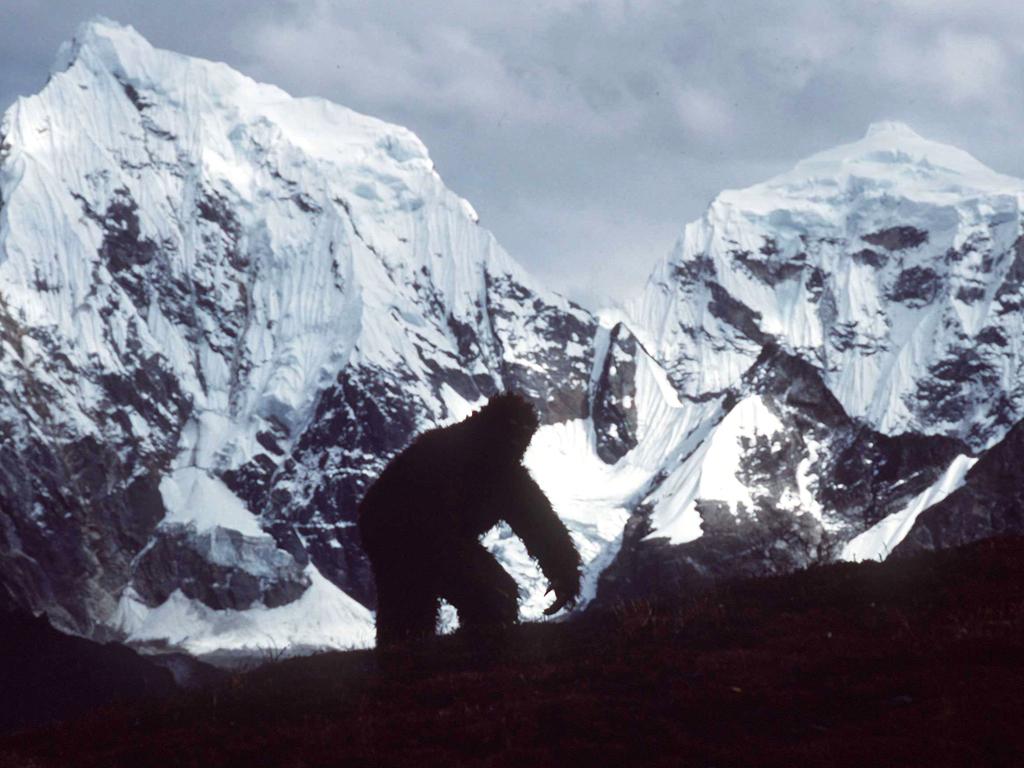DNA study shows yeti is real (sort of) – and Oxford scientist prepares expedition to find it
Results back from first scientific test into Abominable Snowman

Your support helps us to tell the story
From reproductive rights to climate change to Big Tech, The Independent is on the ground when the story is developing. Whether it's investigating the financials of Elon Musk's pro-Trump PAC or producing our latest documentary, 'The A Word', which shines a light on the American women fighting for reproductive rights, we know how important it is to parse out the facts from the messaging.
At such a critical moment in US history, we need reporters on the ground. Your donation allows us to keep sending journalists to speak to both sides of the story.
The Independent is trusted by Americans across the entire political spectrum. And unlike many other quality news outlets, we choose not to lock Americans out of our reporting and analysis with paywalls. We believe quality journalism should be available to everyone, paid for by those who can afford it.
Your support makes all the difference.An Oxford scientist has discovered the world’s first verified DNA evidence that the “yeti” exists – albeit not quite in the monstrous, manlike form of legend.
Two hair samples taken from remote regions of the Himalayas have been found to show a 100 per cent genetic match to a prehistoric polar-bear-like creature that existed more than 40,000 years ago.
The extraordinary find suggests there are bears roaming the mountain range that have not been seen since the Pleistocene period, which experts say may well be “the biological foundation of the yeti legend”.
Bryan Sykes, a geneticist from Oxford University, said that his research was proof enough to start planning an expedition to the Himalayas to capture a “yeti” bear specimen alive.
He told NBC News that his team’s study, published in this week’s issue of the journal Proceedings Of The Royal Society B, should encourage “Bigfoot enthusiasts to go back out into the forest and get the real thing.”
People from around the world answered Prof Sykes’ call to send in hair samples that may or may not be from what he describes as “anomalous primates”.
In the first study of its kind, his team then analysed 36 specimens reported to be yeti, Bigfoot from the US, Almasty from Russia or orang pendek of Sumatra.
The vast majority of the samples turned out to be from easily-explained, modern species, including horses, cows, bears, canines and even one unidentified human.
But a golden-brown sample from an animal shot by a hunter in the northern region of Ladakh, India, 40 years ago and a reddish-brown hair from a high-altitude bamboo forest in Bhutan both matched the presumed long-lost bear.
Prof Sykes admitted that the study has not yet come across a hidden human-like creature – the Holy Grail of cryptozoologists – but that the anomalous bear was the next best thing.
In the study, he and his team wrote: “It seems more likely that the two hairs reported here are from either a previously unrecognised bear species, colour variants of Ursus maritimus (polar bear), or U. arctos/U. maritimus hybrids.”
If hybrids, the “yeti” specimens were likely to have been descended from ancient cross-breeding soon after brown and polar bears separated on the path of evolution.
Prof Sykes is writing a book about the link between the samples and the 40,000-year-old bear fossil remains entitled The Yeti Enigma, and said a Himalayan expedition was “the next logical step”.
“We need a live ‘yeti’,” he said.
Join our commenting forum
Join thought-provoking conversations, follow other Independent readers and see their replies
Comments